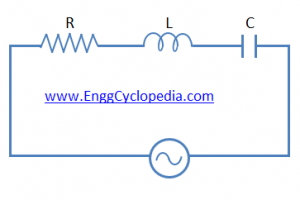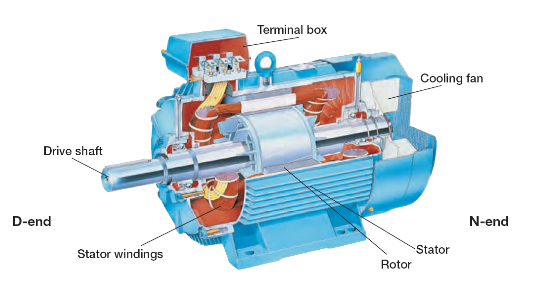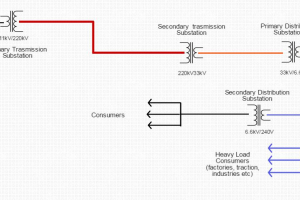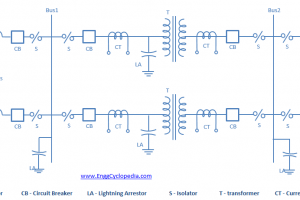Power factor is an important indicator of efficiency for different electrical equipment.
A motor always consumes active power, which is converted into mechanical action. Active power is expressed in Watt and is usually represented by the letter P. In some textbooks, active power can also be referred to as true or real power.
Reactive power is also required for the magnetization of the motor, but this does not produce any action. Reactive power is expressed in VAR (Volt Ampere Reactive) and is usually represented by the letter Q. Reactive power is power stored in and discharged by electrical equipment like inductive motors, transformers and solenoids.
If both active and reactive power are combined together, they yield the apparent power - S. In other words, the apparent power is the vector sum of the active and the reactive power. Apparent power is expressed in VA. (please refer to the graph below)
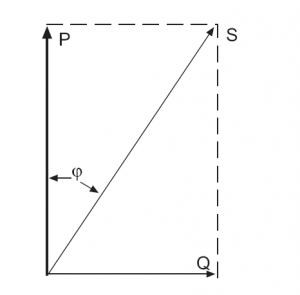
Definition of power factor
The ratio between the active power and the reactive power is known as the power factor, and is often designated as cosϕ. A typical value for power factor ranges between 0.7-0.9: the lower value is typically valid for small motors, whereas the bigger value for larger motors.
In general, power factor (PF) can be expressed with the following formula:
PF = P / S .....(1)
where,
P = Magnitude of active (true or real) power
S = Magnitude of apparent power
The reactive power required by inductive loads increases the amounts of apparent power in the distribution system. Increasing of the value of reactive and apparent power will cause the power factor to drop.
Importance of power factor
The value of power factor is important for electrical systems because:
- An overall power factor value less than 1 demonstrates that the electricity supplier has to provide more generating capacity than actually required
- Voltage waveform distortion and overheating in the cables causes current waveform distortion, thus contributing to reduced power factor.
- Low power factor is very inefficient and some public power utilities may charge extra when the power factor value drops below 0.95.
"Leading" and "Lagging" Power Factors
Power factors are usually referred to as "leading" or "lagging" so as to indicate the sign of the phase angle. Inductive loads like transformers and motors consumes reactive power with current waveform lagging the voltage. Capacitive loads like capacitor banks typically produce reactive power with current phase leading the voltage.
